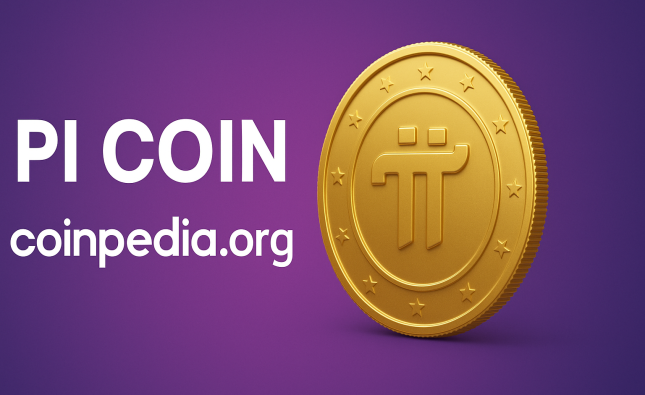
Economic Growth in Emerging Markets:

Emerging markets have garnered significant attention in recent years due to their rapid economic growth and potential for substantial returns on investment. These markets, often characterized by rapid industrialization, improving infrastructure, and increasing integration into the global economy, present both opportunities and challenges for investors, policymakers, and businesses. This article delves into the factors driving economic growth in emerging markets, the benefits and risks associated with these economies, and a comparative analysis of key emerging markets.
Demographic Dividend:
One of the most significant factors contributing to the economic growth of emerging markets is the demographic dividend. Many of these countries have young, growing populations, which translates to a larger workforce and increased consumer demand. Countries like India and Brazil benefit from this demographic advantage, driving productivity and economic expansion.
Industrialization and Urbanization:
Rapid industrialization and urbanization are also pivotal in the economic development of emerging markets. As rural populations migrate to urban areas, there is a surge in demand for housing, infrastructure, and services. This urban shift fosters economic activities, job creation, and higher incomes, which, in turn, boost overall economic growth.
Foreign Direct Investment (FDI):
Emerging markets have become attractive destinations for foreign direct investment due to their growth potential and lower production costs. FDI plays a crucial role in transferring technology, enhancing skills, and improving infrastructure, all of which contribute to economic growth. Countries like China have leveraged FDI to transform their economies and become manufacturing hubs.
Technological Advancements:

The adoption of technology in emerging markets has accelerated economic growth. Mobile technology, internet penetration, and digital finance have revolutionized business operations and expanded access to services. For instance, mobile banking in Kenya has significantly improved financial inclusion and economic participation.
Resource Abundance:
Many emerging markets are rich in natural resources, which can drive economic growth through exports. Countries like Russia and Brazil have leveraged their vast reserves of oil, gas, and minerals to stimulate economic development. However, reliance on commodities also exposes these economies to global price fluctuations.
Benefits of Economic Growth in Emerging Markets:
Improved Living Standards:
Economic growth in emerging markets often leads to higher incomes, better healthcare, and improved education, enhancing the overall quality of life for their populations. As economies expand, more resources become available for social programs and infrastructure development.
Market Expansion for Businesses:
Growing economies present vast opportunities for businesses seeking new markets. The expanding middle class in these countries increases demand for goods and services, providing a fertile ground for both local and multinational companies.
Global Economic Integration:
Emerging markets play a crucial role in the global economy. As these economies grow, they contribute to global trade, investment, and innovation. This integration helps stabilize the global economy and fosters international cooperation.
Risks and Challenges:
Political Instability:
Political instability can significantly hinder economic growth in emerging markets. Uncertain regulatory environments, corruption, and governance issues can deter investment and disrupt economic activities. Countries like Venezuela and Argentina have faced economic setbacks due to political turmoil.
Economic Volatility:

Emerging markets are often more susceptible to economic volatility due to their reliance on commodity exports and vulnerability to external shocks. Fluctuations in global demand, exchange rates, and interest rates can lead to economic instability, as seen in the recent economic crises in Turkey and Argentina.
Infrastructure Deficits:
While urbanization drives economic growth, inadequate infrastructure can impede progress. Many emerging markets struggle with insufficient transportation, energy, and healthcare infrastructure, which can limit productivity and economic potential.
Income Inequality:
Rapid economic growth can exacerbate income inequality if not managed effectively. Wealth concentration among a small segment of the population can lead to social unrest and economic imbalances. Countries like India and South Africa face significant challenges in addressing income inequality.
Comparative Analysis of Key Emerging Markets:
| Country | GDP Growth Rate (2023) | Population (2023) | Key Industries | FDI Inflows (2023) | Political Stability Rating (1-10) | Infrastructure Rating (1-10) |
| China | 5.5% | 1.4 billion | Manufacturing, Technology | $163 billion | 7 | 8 |
| India | 6.8% | 1.3 billion | IT, Pharmaceuticals | $64 billion | 6 | 6 |
| Brazil | 2.1% | 213 million | Agriculture, Energy | $70 billion | 5 | 5 |
| Russia | 1.3% | 144 million | Oil & Gas, Mining | $30 billion | 4 | 6 |
| South Africa | 1.0% | 60 million | Mining, Finance | $5 billion | 4 | 5 |
Analysis of Key Emerging Markets:
China:
China continues to lead among emerging markets with a robust GDP growth rate of 5.5% in 2023. Its economy is driven by manufacturing and technology, with significant FDI inflows. Despite challenges related to political stability and income inequality, China’s infrastructure development remains strong, contributing to its economic resilience.
India :
India boasts a high GDP growth rate of 6.8% in 2023, supported by its thriving IT and pharmaceutical sectors. The country attracts substantial FDI, although it faces challenges in infrastructure and political stability. Efforts to improve infrastructure and governance could further enhance India’s economic prospects.
Brazil:
Brazil’s economic growth is more modest at 2.1%, driven by its agriculture and energy sectors. While it benefits from substantial FDI, political instability and infrastructure deficits pose significant challenges. Addressing these issues is crucial for sustaining long-term growth.
Russia:
Russia’s economy, heavily reliant on oil and gas exports, grew by 1.3% in 2023. Political instability and economic sanctions continue to impact its growth prospects. Diversification and improving infrastructure could help mitigate these risks.
South Africa:
South Africa’s economic growth remains slow at 1.0% in 2023, hindered by political instability and inadequate infrastructure. The mining and finance sectors are key drivers, but reforms are needed to address income inequality and attract more investment.
Conclusion:
Economic growth in emerging markets presents both opportunities and challenges. While these markets offer significant potential for high returns and market expansion, they also come with risks such as political instability and economic volatility. By addressing these challenges and leveraging their strengths, emerging markets can continue to drive global economic growth and contribute to a more integrated and prosperous world economy. Investors, policymakers, and businesses must navigate these complexities to harness the full potential of emerging markets.










